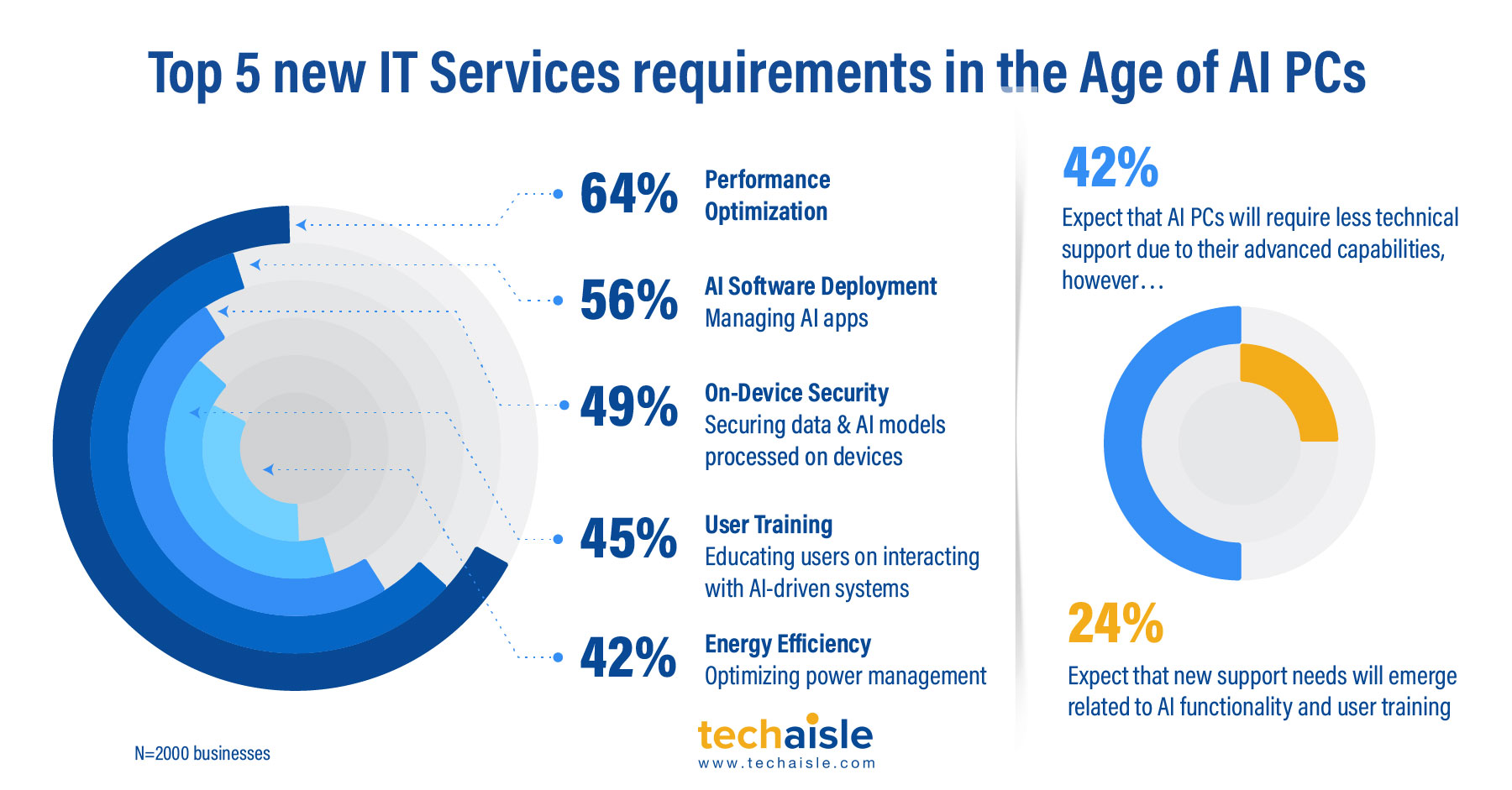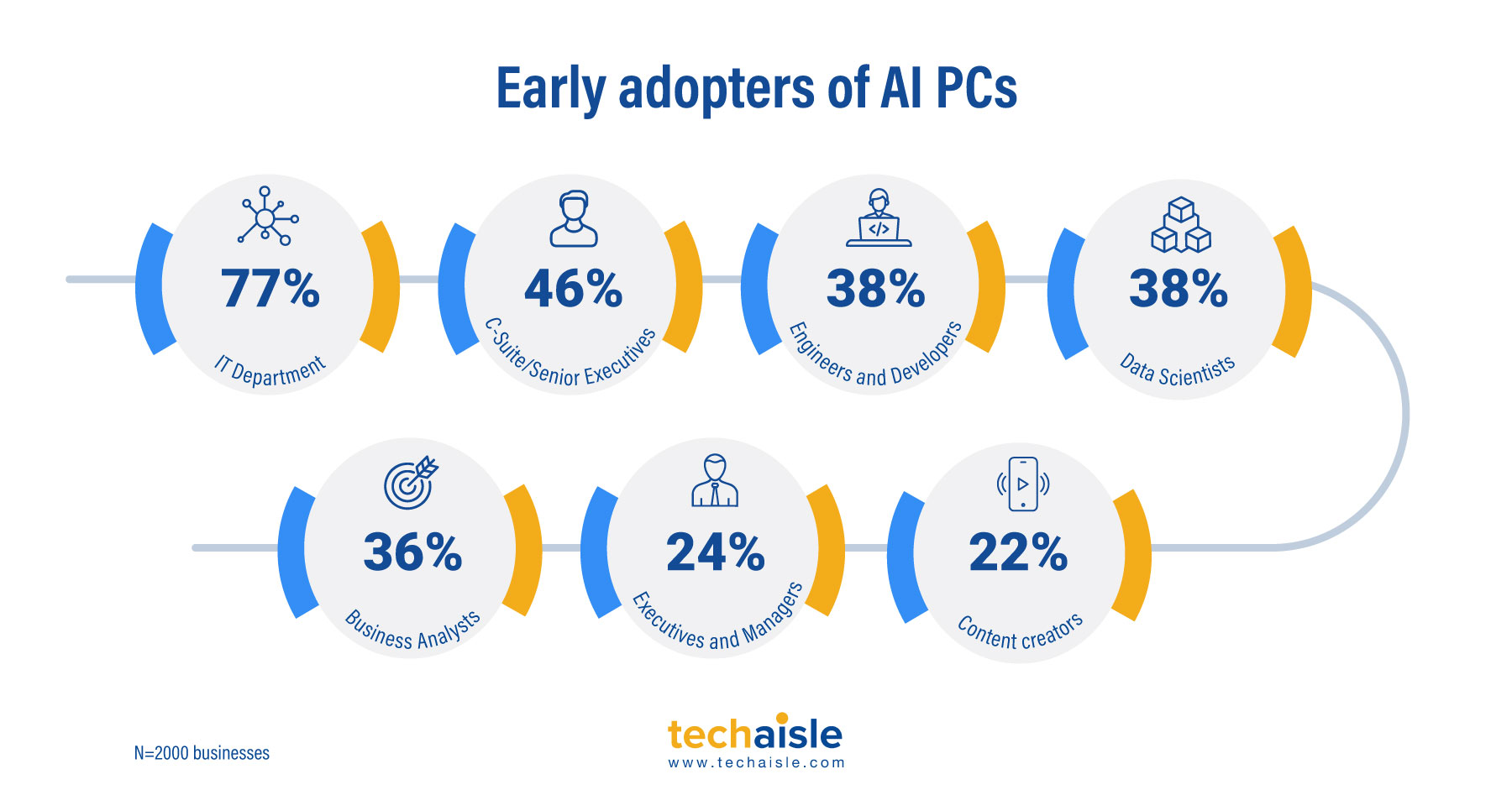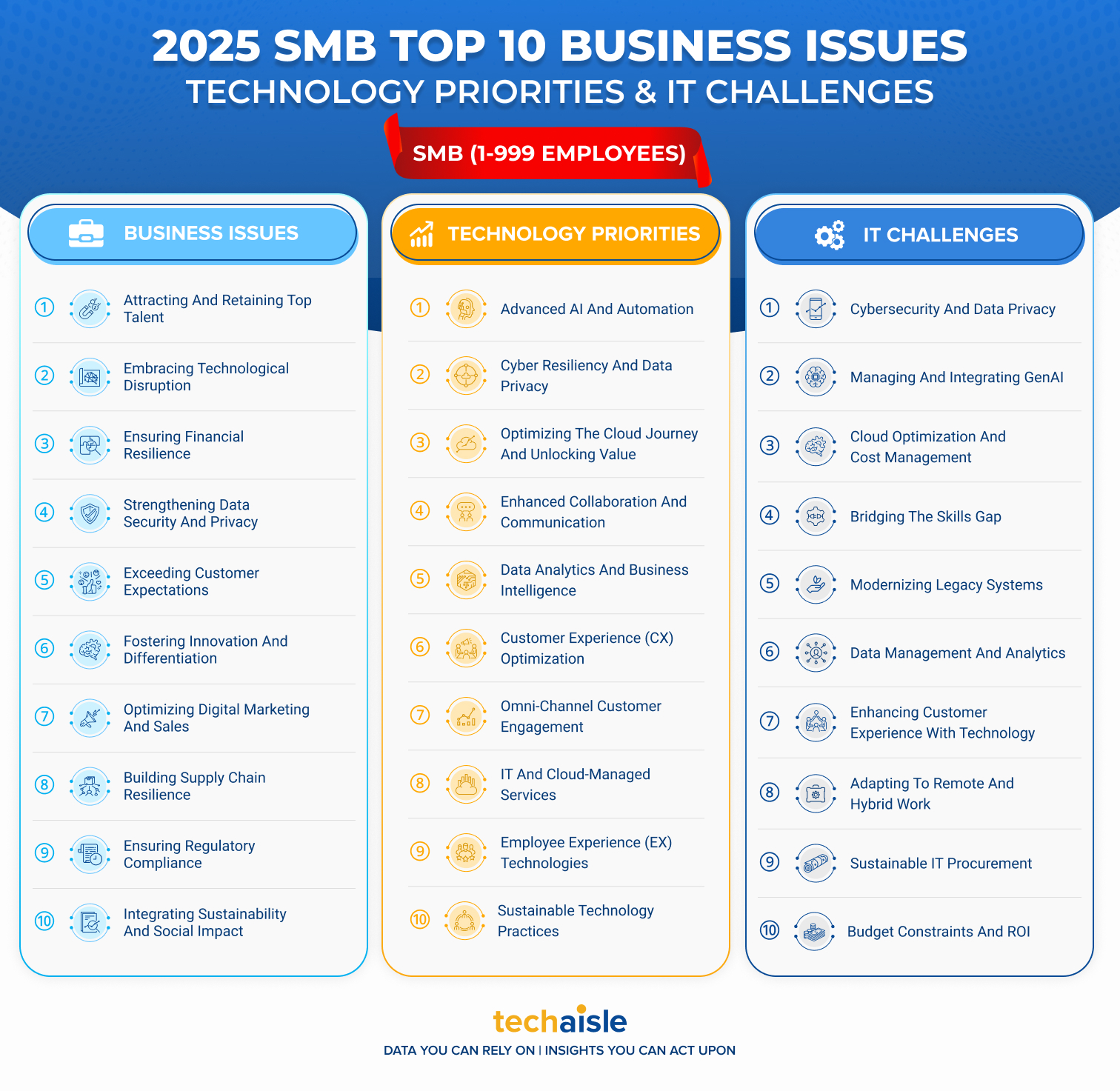In today's interconnected and threat-prone digital environment, securing print infrastructure is more crucial than ever. Businesses of all sizes require robust and comprehensive security solutions to safeguard sensitive data and ensure compliance. Print security has become a significant topic of discussion in the industry, given its essential role in protecting confidential information and mitigating cyber risks. Despite often being overlooked, printers and multifunction devices manage highly sensitive documents such as architectural plans, legal contracts, and financial records, making them potential vulnerabilities.
In addition, the rise of hybrid work has increased the focus on print security. As employees print and scan from various locations and devices, traditional security measures are no longer sufficient. Printers also act as network access points, which can be potential entryways for hackers to infiltrate systems. This increased risk, along with regulatory compliance requirements in industries such as finance and legal services, has made print security a key topic in IT security discussions. Businesses are now acknowledging that implementing secure print and scan solutions are essential not only for protecting physical and digital documents but also for maintaining their reputation, client trust, and business continuity in a complex threat landscape.
Xerox addresses the challenges of print security in the modern distributed workplace through a multi-faceted approach. The company takes a comprehensive approach to print security that includes device security, fleet management, and digital services. Xerox aims to be the print industry's most secure and trusted provider, which drives continuous improvement in its products, services, and infrastructure security. This Techaisle Take examines Xerox's security strategy, key offerings, and how it differs from competitors.

A Vision of Security and Trust
Xerox's vision is to be the most secure and trusted provider of workplace services. This commitment is driven by an executive mandate to continuously improve the security of its infrastructure, products, and services. To achieve this, Xerox has adopted the NIST Cybersecurity Framework (CSF) as a baseline for measuring and improving its cybersecurity program. Xerox tracks its security investments by mapping them to the NIST CSF and measures outcomes against desired targets. This framework ensures a systematic approach to security, aligning with industry best practices.














